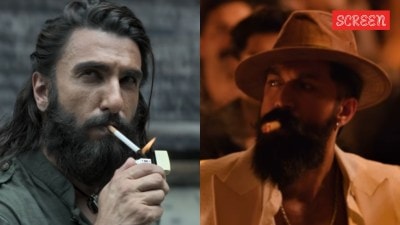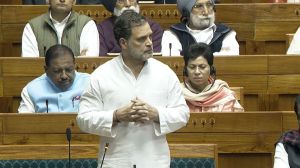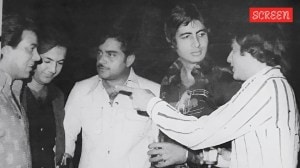Artist Shibu Natesan on capturing the present
Exhibiting at Art Alive Gallery in Delhi, artist Shibu Natesan talks about the endless possibilities of painting
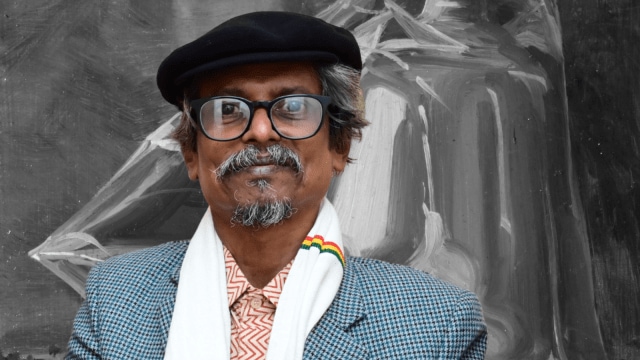 The show will be on view at Art Alive Gallery in Delhi till November 20, 2025. (Source: PR handout)
The show will be on view at Art Alive Gallery in Delhi till November 20, 2025. (Source: PR handout)If you could talk about the influences of your formative years in Kerala on your art — from exposure to social movements to literature and your surroundings.
When I joined art school, there was a lot of exposure to German Expressionism. The environment was very political and bohemian, in the backdrop of the Naxalite movement. We were also exposed to international films, and there was a culture of little magazines in Kerala, which were avant-garde publications that were very experimental and political. I was also part of this art group called Die Brücke (The Bridge), founded by German artists Karl Rottluff and Ernst Ludwig Kirchner and other expressionists such as Erich Heckel, George Grosz and Gustav Klimt. This exposure had a very profound impact on me. The art practices we were pursuing were not narrative; it was not storytelling. It was only in Baroda that I was exposed to the narrative in art. Yet, that early exposure left a very strong impact on me as we captured emotions. Even today, when I do these self-portraits, I feel I return to that non-narrative style of painting.
Compared to the social critique in your early photorealist engagements, your watercolours in your ongoing exhibition “Mirror Man, Mirror Me” are more meditative. If you could talk about this transformation.
Earlier, in my paintings, I was responding to the current social and political issues — times of war, Babri Masjid incident — looking at the humanitarian aspect. When that subject matter dominated my paintings, which a lot of artists at the time were also doing, I realised I was losing something — the painting itself and its endless possibilities. I thought that this is not what I wanted to do. I wanted to explore my painting areas and for them to last irrespective of the time frame. Subjects might change, they might not stay forever, but the art of painting can last forever. I recall Ram Kumar stating how when you are young, the subject matter is important but as you grow old, the paint itself becomes the subject matter. I feel that is the stage I’m gravitating towards, where my paintings become the subject matter, with endless possibilities.
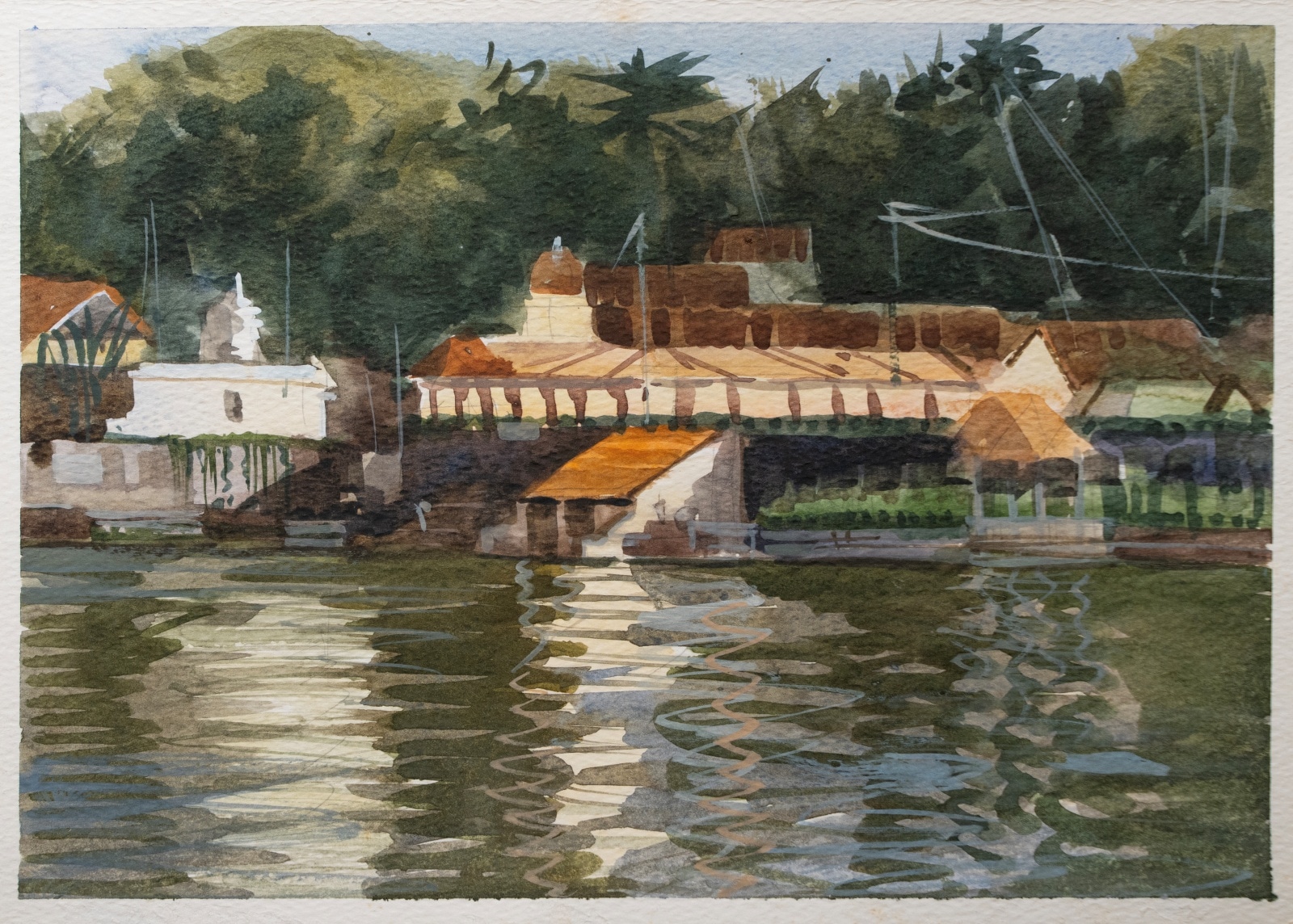 Subjects might change, they might not stay forever, but the art of painting can last forever. (Source: PR handout)
Subjects might change, they might not stay forever, but the art of painting can last forever. (Source: PR handout)
Do you see the mirror as a witness or a critic in the set of works?
I see the mirror as a reflector, it reflects everything. I don’t see it as a critic but rather a witness and a reflection. I believe there are two kinds of realities, one is given and one is personal. I like to look at the world from a more personal perspective. A painter is essentially a mirror man, wanting to reflect the world. The idea is to look from within, delve deeper into the subtle nuances of the world as it exists.
The catalogue essay by art historian Parul Dave Mukherji begins with a question:“How does a contemporary artist like Shibu Natesan embrace painting in the age of the digital and AI?” If you could share your view on the same.
Technological advancement and AI, all this computer and technology of now is parallel; it is not my world. As a painter, I am untouched by all these things. I am a painter — I explore people, cultures, emotions, and I paint.
If you could talk about turning to the self in the ‘Self-portrait’ series.
My self-portraits emerge from an existential point of view, of self- analysing myself. I am very interested in art and literature that looks into existentialism, such as Jean-Paul Sartre, Simone de Beauvoir and others. Existence interests me in a spiritual sense also and that is why all these authors interest me. Looking at myself is also looking at the world but not in a narcissistic sense, I am not glorifying myself. It is interesting to note that through these self-portraits, I am myself becoming a design.
Mukherji also describes you as a “scientist’s artist”. If you could comment on that.
I feel like I am an ethnographic or topographic painter. I aim to capture the present, the fleeting moment. It is a rather challenging task to do so; painting in public, travelling and painting, not from the comfort of my studio. People are rather judgmental, but I have noticed that it also allows me to interact with different people, overcome my introversion and understand them. For me, it is about freezing the moment, documenting my time, capturing the things around me.
- 01
- 02
- 03
- 04
- 05


